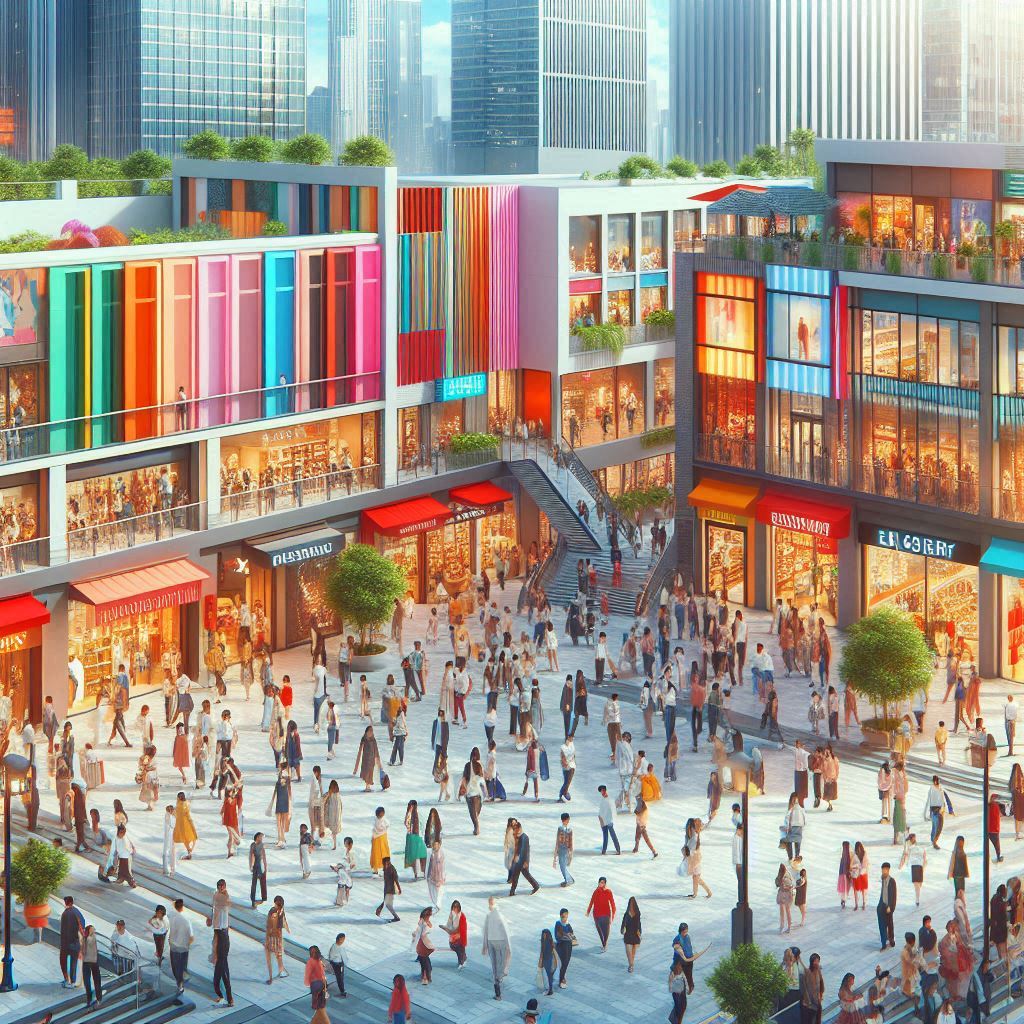The success of a retail business often hinges on strategic location decisions. As companies expand their physical presence, one critical challenge they face is cannibalization – a phenomenon that can undermine growth efforts if not properly understood and managed. Let’s explore this concept in depth and examine how businesses can make smarter site selection choices.
What is Cannibalization?
In the context of retail expansion, cannibalization occurs when a new store location draws customers away from an existing outlet rather than attracting fresh clientele. Picture opening a new coffee shop just blocks away from your current successful location. While the new spot might seem promising, if it primarily serves the same customers who previously frequented your existing store, you’re essentially competing with yourself rather than expanding your market reach.
This self-competition can lead to several undesirable outcomes. Instead of growing your overall revenue, you might find yourself simply redistributing the same sales across more locations, while simultaneously increasing operational costs. Additionally, the division of your existing customer base between multiple stores can reduce the efficiency and profitability of both locations.
How Can Cannibalization Be Assessed?
Modern technology and data analytics have revolutionized the way businesses can evaluate potential cannibalization risks. Through sophisticated analysis of foot traffic patterns, consumer behavior, and market dynamics, companies can make more informed decisions about new location selections. Here’s a detailed look at the key assessment methods:
Trade Area Analysis
Trade area analysis forms the foundation of understanding potential cannibalization effects. This process involves mapping out the geographical region from which a store draws its customers. Using advanced mapping tools and customer data, businesses can visualize the reach of their existing locations and identify where these areas might overlap with proposed new sites.
For example, a supermarket chain might discover that their existing store draws customers from a 5-mile radius. If they’re considering opening a new location 3 miles away, the overlapping trade areas would signal a high risk of cannibalization. However, if demographic data shows rapid population growth or underserved segments within that overlap, the risk might be acceptable or even beneficial for capturing more market share.
Customer Overlap Evaluation
Beyond geographical considerations, understanding customer overlap provides crucial insights into cannibalization risk. This evaluation involves analyzing transaction data, loyalty program information, and mobile device tracking data to determine how many customers visit multiple store locations.
A healthy multi-store network typically shows minimal customer overlap between locations. If analysis reveals that more than 30% of customers regularly visit multiple stores, this might indicate potential cannibalization issues. However, the interpretation of these numbers should consider factors such as urban density, store format, and local competition.
Target Audience Identification
Perhaps the most strategic approach to preventing cannibalization involves identifying and targeting distinct customer segments for new locations. This process requires detailed demographic analysis and consumer behavior studies to find underserved markets or customer groups.
Consider a fashion retailer with a successful store in a shopping mall. Before opening a new location, they might analyze customer data to identify untapped demographics. They might discover that while their mall location serves primarily weekend shoppers and younger consumers, there’s an opportunity to capture professional shoppers by opening a store in the business district with a slightly different merchandise mix.
Making Strategic Site Selection Decisions
To effectively minimize cannibalization while maximizing market coverage, businesses should integrate these assessment methods into a comprehensive site selection strategy. This involves:
- Creating detailed customer profiles for existing locations to understand current market penetration
- Identifying gaps in market coverage where new stores could capture unique customer segments
- Analyzing competition and market saturation to find opportunities for differentiation
- Conducting regular performance reviews of existing stores to understand their vulnerability to cannibalization
Additionally, businesses should consider how different store formats or service offerings might help minimize cannibalization. For instance, a restaurant chain might operate a full-service location in one area and a quick-service format in another, effectively serving different customer needs and occasions.
Understanding and managing cannibalization is crucial for sustainable retail expansion. While the risk of cannibalization can never be completely eliminated, careful analysis and strategic planning can help businesses minimize its impact while maximizing market opportunities. By leveraging modern data analytics tools and maintaining a focus on reaching new customer segments, companies can build robust networks of stores that complement rather than compete with each other.
The key lies in viewing cannibalization not as an insurmountable obstacle but as a challenge that can be managed through careful planning and analysis. When approached strategically, even situations with some degree of cannibalization can lead to overall market growth and strengthened brand presence. The goal is to find the sweet spot where new locations enhance rather than detract from the success of existing stores, creating a stronger, more resilient retail network.
***
To get a #ProfessionalGradeMarketing team working for you, contact Ambient Array today.


